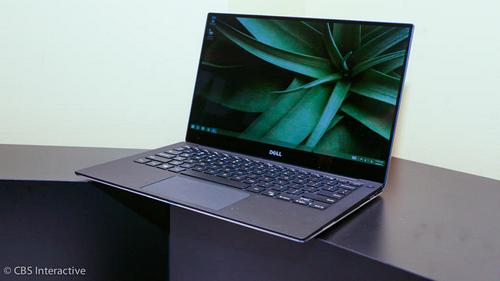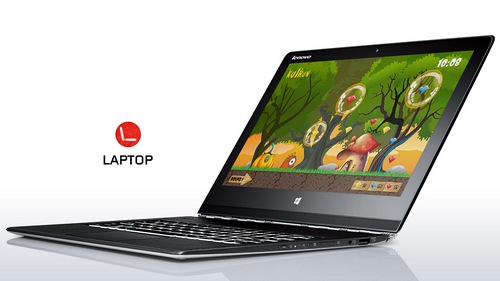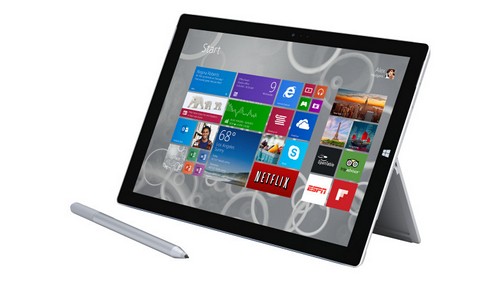It wasn’t easy deciding on my MacBook Pro Retina replacement, on account that no matter what I might think of the general reliability of their MBPs, they do produce lovely machines (externally at least), decent specifications, and as an educator, I would also enjoy some nice discounts on Apple products.
As in many other gadgets and toys I buy, the proverbial spreadsheets got created listing the various models in consideration along price, configuration, dimensions, weight, hardware included, warranty etc. It was a bit more tricky this time round as I was also opened to smaller form factor devices as workhorse notebook replacements. For the last couple of years, I’ve picked up large screen monitors as a secondary display for work, so while the size and quality of the primary display (on the notebook) are still important, it’s no longer as critical for work use as it once was.
Other considerations included:
Storage type. I scrupulously avoided notebook options that did not offer SSDs as their primary storage medium. Interestingly, a lot of mainstream notebooks, including very svelte business replacement types, are still including harddrives in their default configurations. A couple do not even allow for SSD options as drive replacements.
Display resolution. Windows 7 has serious issues providing different display resolutions and text sizing if you use more than one monitor at a time. Windows 8 does slightly better, but not by much. A lot of notebook manufacturers are on the craze to provide very high display resolutions of 4K, but that kind of resolution is pointless on small screens.
RAM. I used to get quite hung up on having gobs of RAM in previous notebook purchases, but looking at my pattern of use, I determined that 8GB was going to be sufficient this time round (the MacBook Pro Retina had 16GB).
GPU. A couple of machines I shortlisted were true desktop replacements offering high-performance graphics processors. A fast graphics component is pretty useful and I do need something that can run 3D content reasonably well for work. But high-performance graphics processors would invariably mean a minimal size of the notebook, and I had to take on board my new found interest in…
Portability. The MBP is light for its class of usage, but I was genuinely interested also in the convertible notebook types this time round. Basically, something that can also be used tablet style if possible, and better still, stylus functionality too.
So, after about a week of searching, the shortlist of notebooks narrowed down to a few models:
HP Omen. Beautiful build, lovely screen, desktop-replacement. Not quite so portable, and fairly expensive. There was a demo unit at an electronics store at Serangoon Nex, and I liked what I tried out.
Aftershock S15. Top-end specifications, super-configurable, very cheap for its specifications, desktop-replacement. On the other hand, the build for the unit isn’t quite so premium compared to the HP Omen or MBP.
Lenovo Yoga Pro 3. Very light and ultrabook-like, and able to (somewhat) operate as a heavy tablet. Lovely screen, reasonable bundled warranty. Somewhat short battery life for its type though. No stylus feature too.
Microsoft Surface Pro 3. Tablet-ultrabook hybrid. Very portable, and with a digitizer screen supporting stylus input. Reasonably priced for its base-model but gets more expensive once you add in the must-have accessories for it to be really functional. Tough to be a real desktop replacement in view of its small screen.
After a week of fact-finding, reading and exploration, I leaned towards the Yoga Pro and Surface Pro, and finally decided to go with the Yoga. Funnily though and just when I was about to commit to its purchase, I stumbled upon a just announced Dell ultrabook – and specifically a refreshed model from its XPS 13 line. The XPS 13 (2015) seemed to be priced cheaper than the Yoga Pro for about equivalent specifications, and had a couple of additional benefits to boot: ridiculously long battery life, very small form factor while retaining a reasonably-sized class-leading screen, great build – but it couldn’t be used as a tablet.
Still, that was the one I ended up finally ordering a week ago – the XPS 13 (2015) with its 4K screen, 8GB RAM, 256GB SSD, fitted with a two year complete care package (learned my lesson from the MBP experience!).
The story doesn’t here though. Because of how much I wanted Windows tablet and stylus functionality, a couple of days after putting in an order for the XPS, I made a second purchase – an entry model for the Surface Pro 3 as a portable Windows device. My first in years after going full-board on Android and iOS mobile devices.



More notes to come on either and both machine – when they actually do arrive!
Recent comments